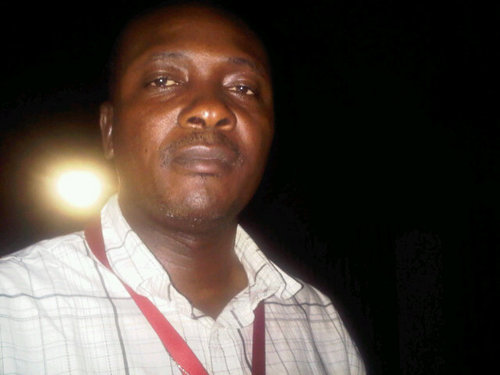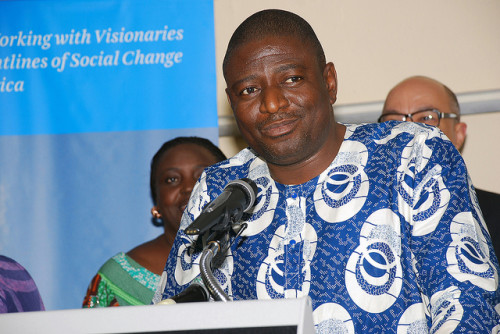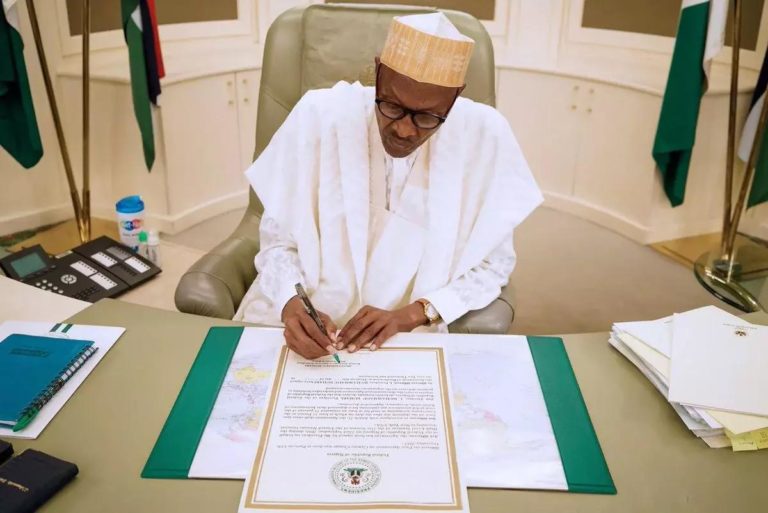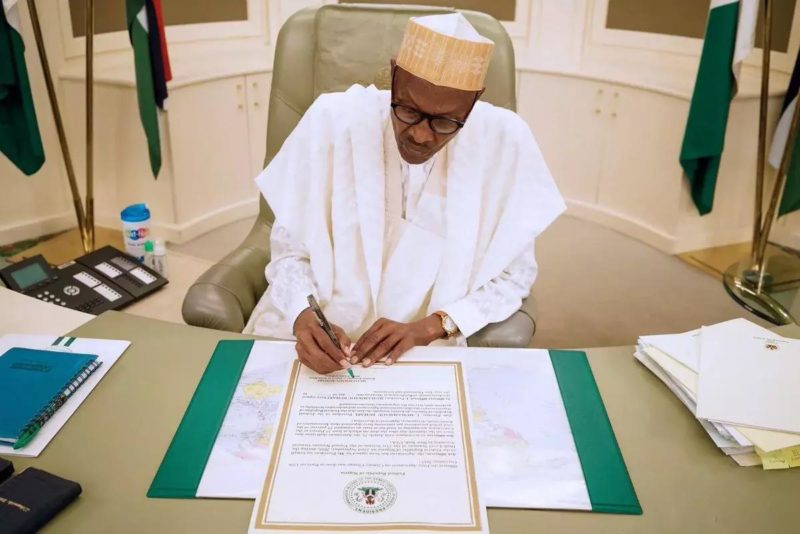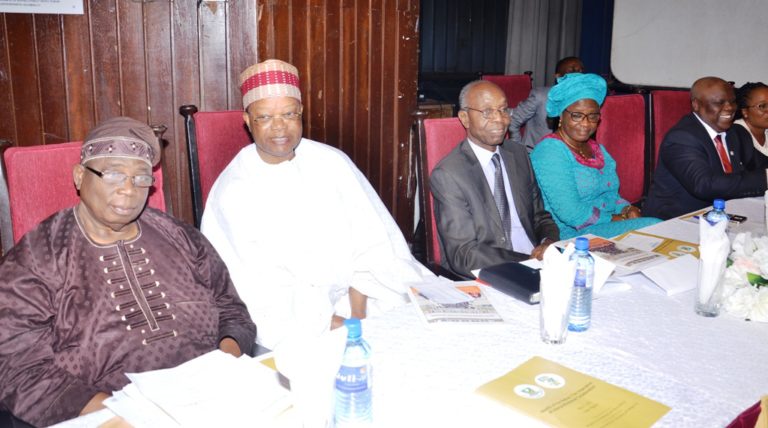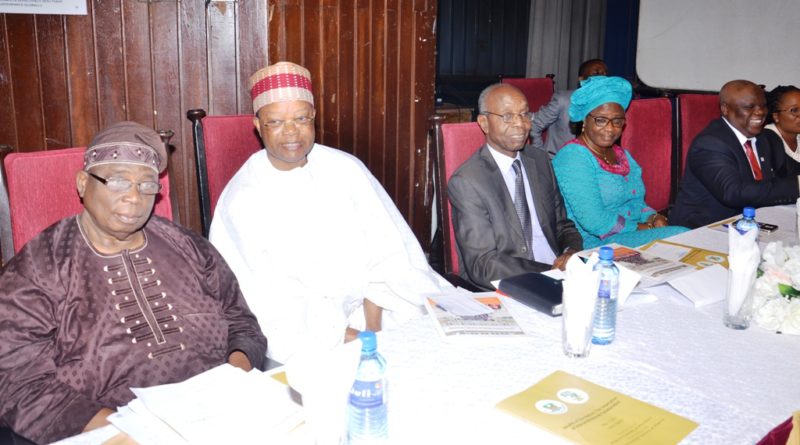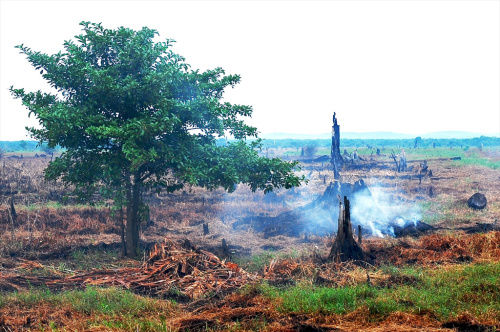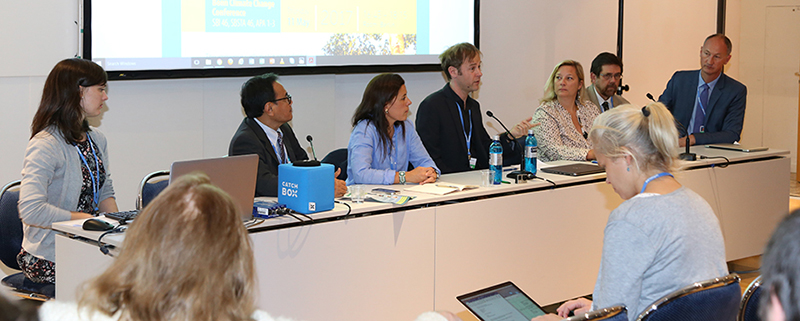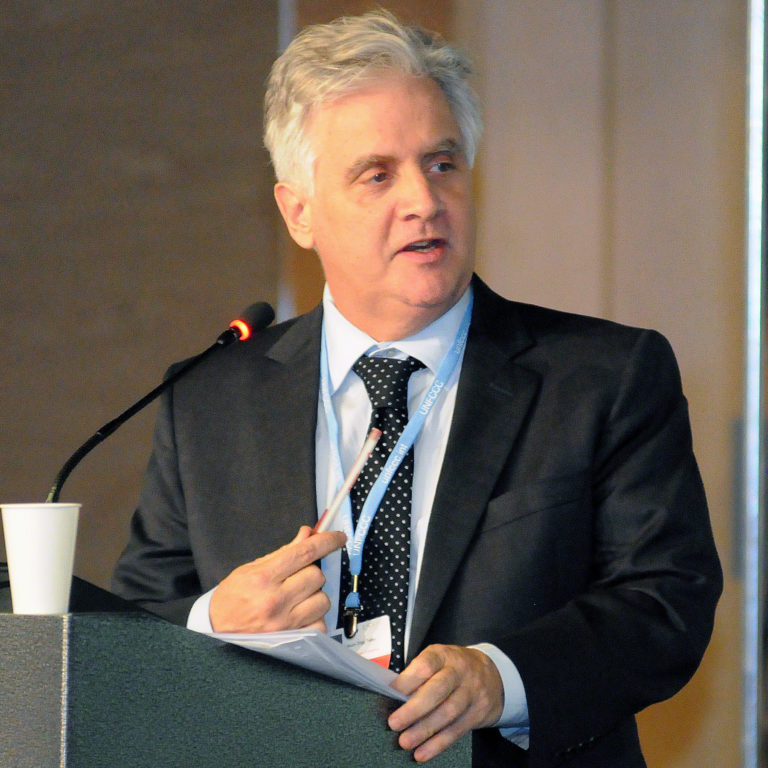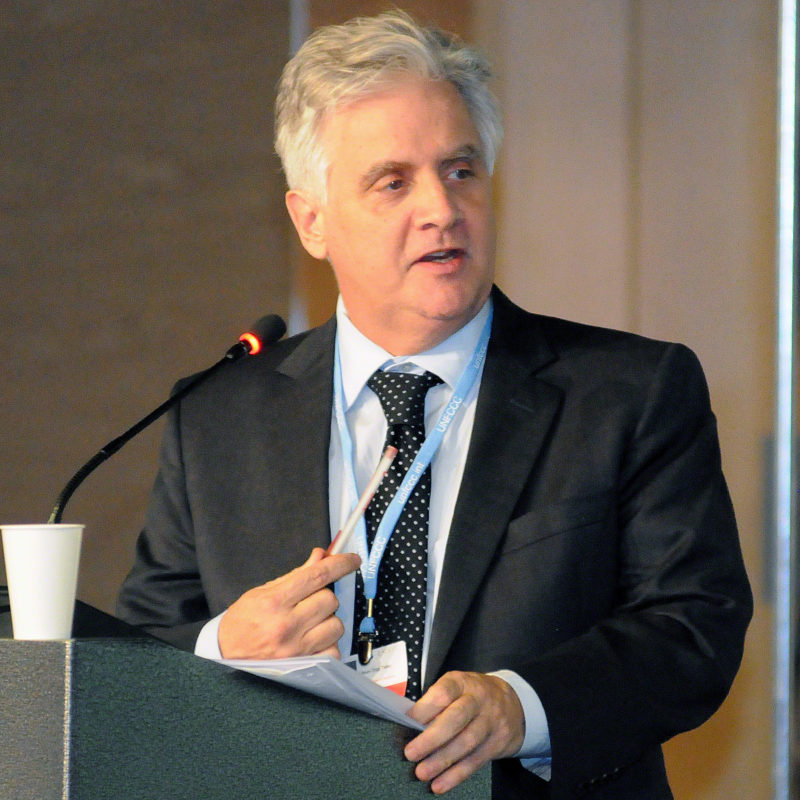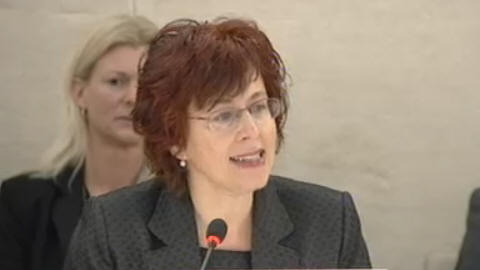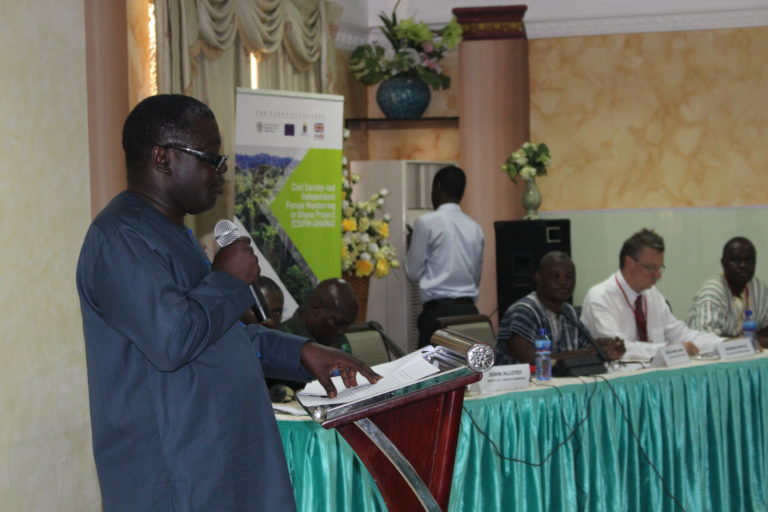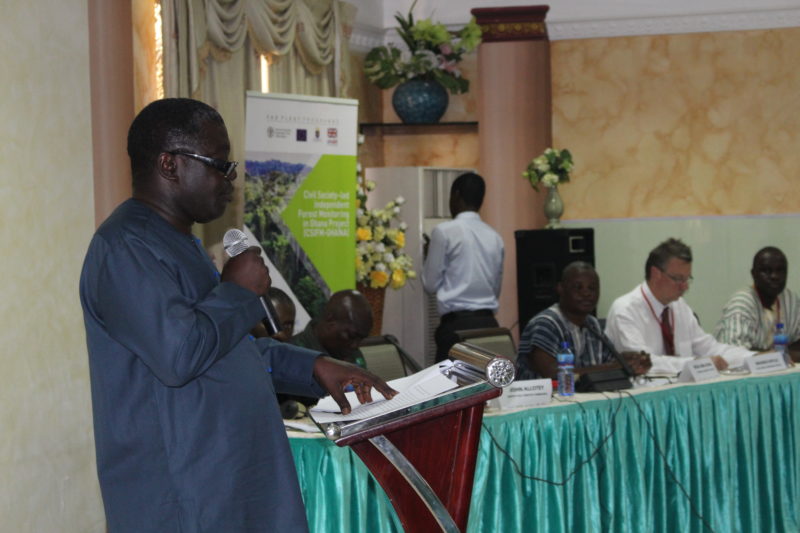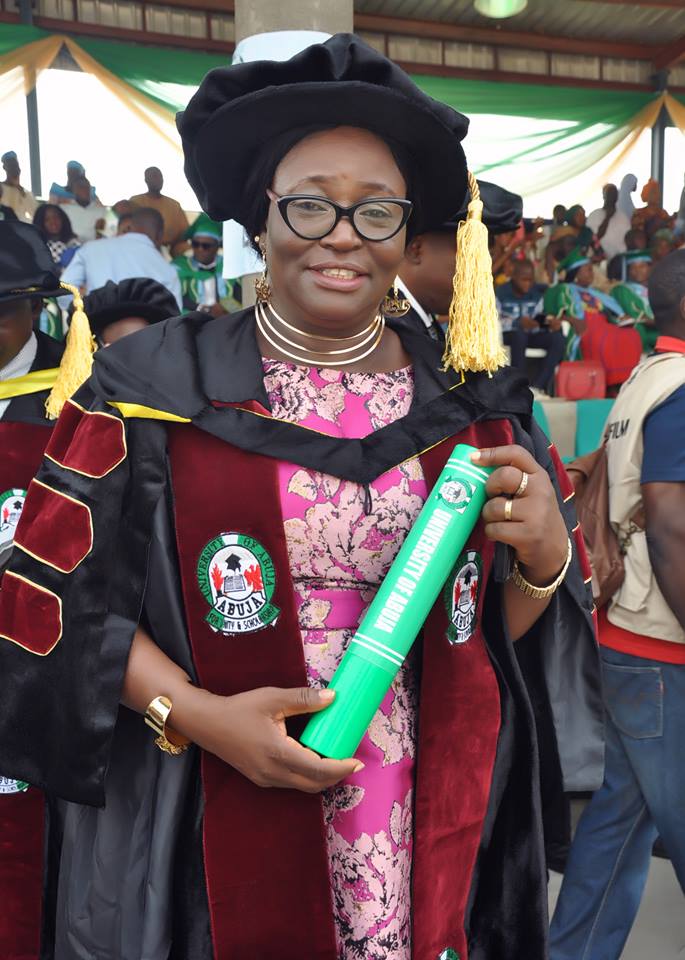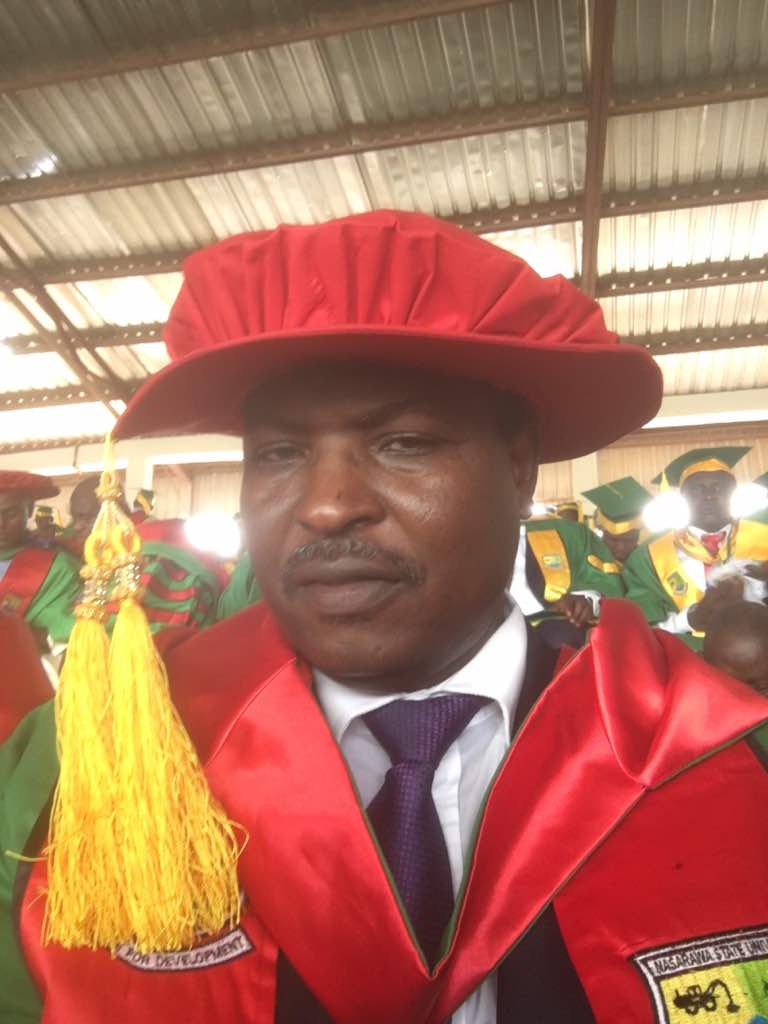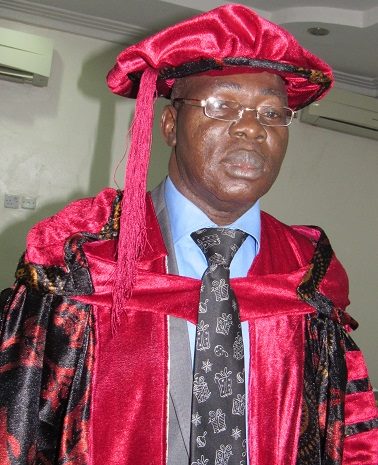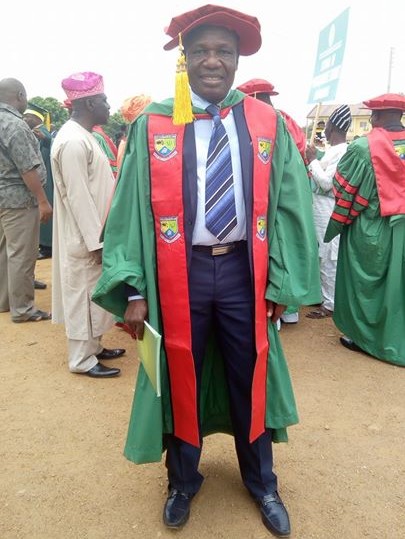Delegates to the 23rd Session of the Conference of the Parties (COP23) to the UN Framework Convention on Climate Change (UNFCCC) holding in Bonn, Germany this autumn from November 6 to 17, along with the general public, will be able to experience a major exhibition about weather and climate at the Bundeskunsthalle (the Art and Exhibition Hall of the Federal Republic of Germany). The show is designed to highlight the linkages between climate, science and art.
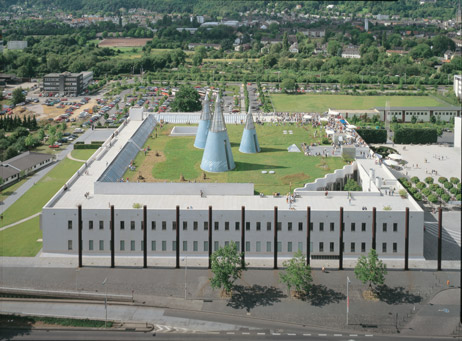
Christened “Weather Report – About Weather Culture and Climate Science”, the exhibition will be located just a few minutes walk away from the COP23 venue and is supported by the UNFCCC as part of a broad programme of cultural events to coincide with COP23.
The exhibition at the Bundeskunsthalle will feature top of the line artistic, historical and scientific exhibits from around the world. These exhibits will include paintings by William Turner, John Constable and Otto Modersohn, the first waterproof rubber shoes by Macintosh, an original thermometer by Daniel Fahrenheit, and traditional artworks from Fiji. Fiji has the Presidency of COP23, and is extremely vulnerable to the effects of rising sea levels and storm surges.
Prominently on display will be an 8-metre traditional Fijian sailing canoe (drua). Of highly symbolical value, the canoe will be presented at the COP23 venue as a symbol of the need to protect islands and oceans, and of sustainable transport.
Speaking at a presentation of the initiative during the May UN Climate Change Conference in Bonn, UNFCCC Executive Secretary, Patricia Espinosa, who is a patron of the exhibition, said: “Science underpins our work and it is science that illuminates the risks of inaction and the opportunities from realising the Paris Climate Change Agreement and the related Sustainable Development Goals (SDGs). Culture and art have a major role in changing hearts and minds and catalysing change among a broader public, so is also fundamental to bring the science of climate change to the people in the context of culture. This exhibition brings home the many dimensions of what climate change is about, and I hope it can inspire people to take the right decisions, also at personal level.”
Rein Wolfs, the Bundeskunsthalle’s director, said: “As a national institution also working at the international level, we are proud to be part of the overall cultural programme of COP23. Our exhibition clearly wants to serve educational purposes, but also aims to reach our visitors emotionally and aesthetically in order to raise awareness for the beauty of all weather phenomena and their essential importance in our everyday life and during our entire life times.
“Weather is the actual experience of climate. The term ‘climate’ comprises the statistical gathering of meteorological events over a certain period. The exhibition ponders the extent to which short-term meteorological occurrences and long-term climate changes influence nature, human civilisation and culture.”
The exhibition will offer interactive ways for people to experience different weather phenomena. Along with the many cultural exhibits, an interactive “Weather studio” at the end of the exhibition will introduce techniques of weather forecasting and show long-term climate trends and projections.
The exhibition, which comprises around 400 loans from more than 100 lenders from all over the world, was developed in close collaboration with the Deutsches Museum in Munich and its branch in Bonn.
Along with scientific instruments and major European art works, visitors will be able to see ethnographic objects such as weather gods, the earliest water resistant rubber shoes, other protective objects such as parasols and umbrellas from around the globe. Some exhibits from the Deutsches Museum will also showcase the role of clean technology in combatting climate change.
“The worlds of art and science are only seemingly divided. The real world is not divided in disciplines: Art can provide strong intellectual insights, and science can be stunningly beautiful. Our aim is to show the beauty of all weather and climate phenomena in order to raise awareness for the immediate urgency of protecting them,” said Henriette Pleiger, exhibition curator at the Bundeskunsthalle.
The exhibition “Weather Report – About Weather Culture and Climate Science” will be accompanied by an extensive supplementary programme, and will run from October 7, 2017 to March 4, 2017.

